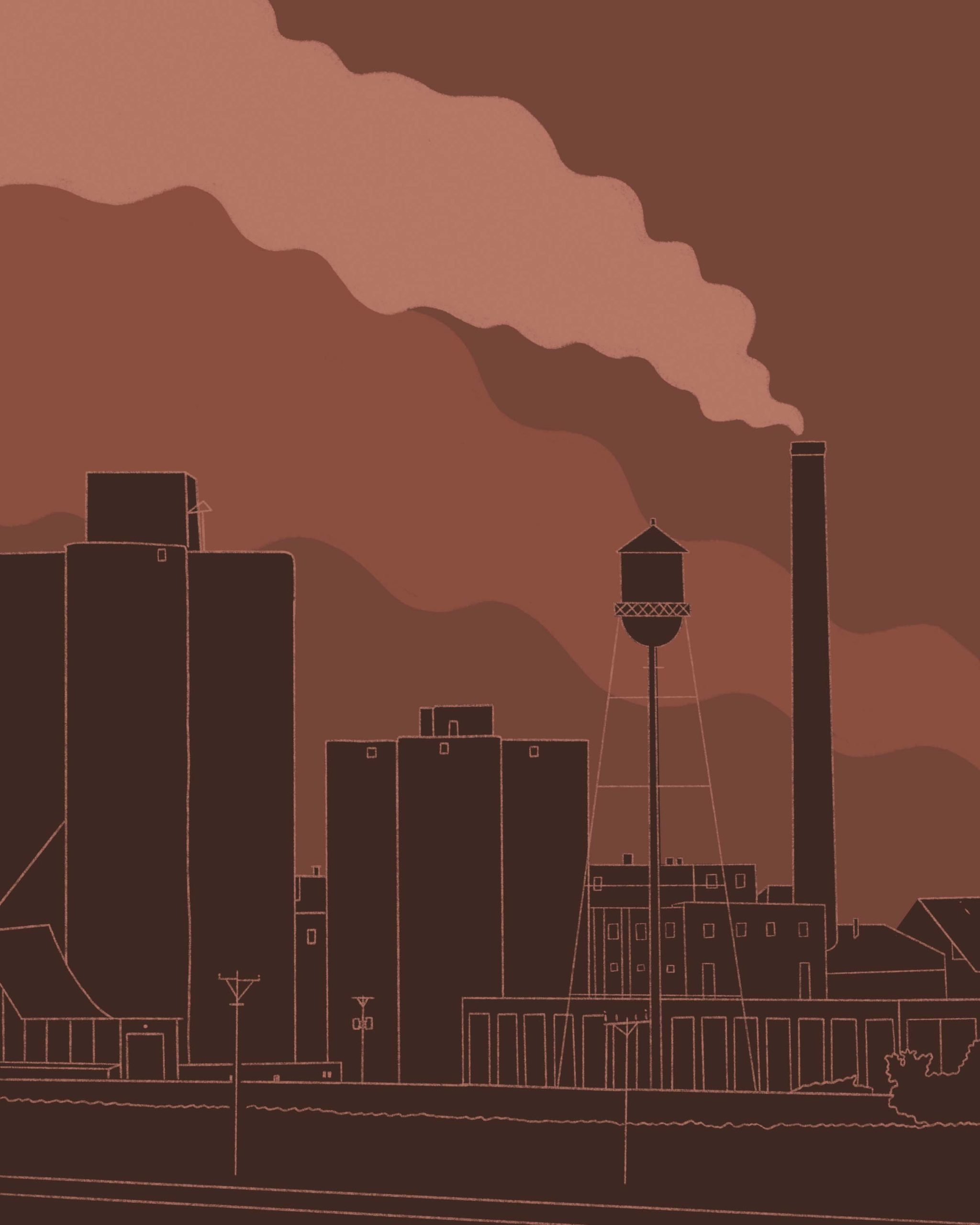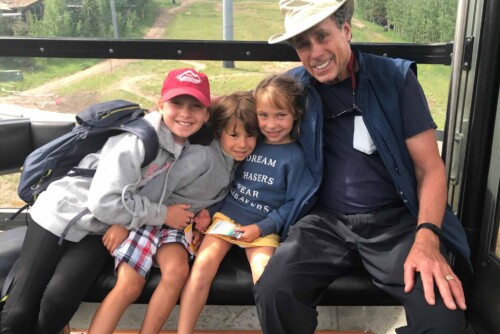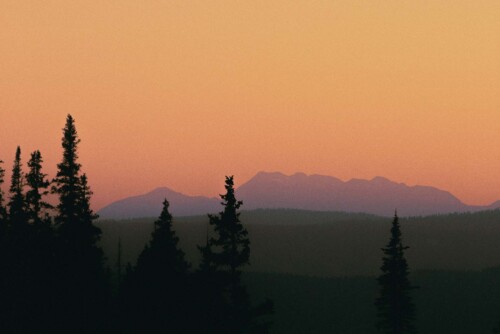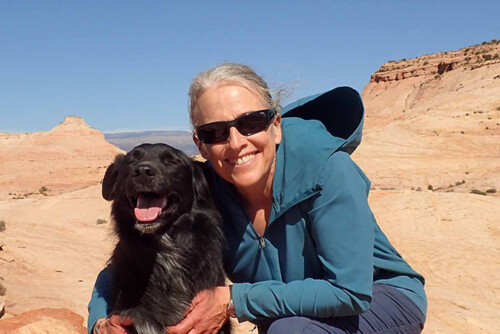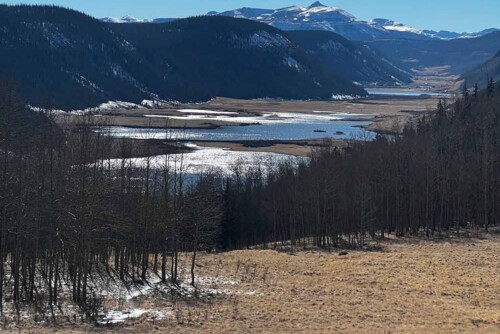Odorless. Colorless. Deadly.
Ground-level ozone has plagued communities across the West for decades. Living in the region has unfortunately come to mean living with air pollution that threatens our health, our economy, and our environment. Ozone levels have been on the rise in recent years, and science tells us that exposure, even at relatively low levels, seriously compromises our health.
Now, as we live the climate crisis, communities that have historically borne the burden of deadly air pollution are suffering most as ozone levels stay at dangerous heights for longer. So, why aren’t our decision makers taking every action necessary to remedy the serious threat to public health and the environment? And what can we do to protect our neighbors and families right now?
Ground-level ozone is one of only six “criteria” pollutants considered widespread and dangerous enough to be regulated nationally under the Clean Air Act, which acknowledges that everyone has a right to be protected from air pollution above the federal standards. And because studies continue to confirm adverse health impacts of ozone at increasingly lower concentrations, in 2015 the U.S. Environmental Protection Agency (EPA) strengthened the national standards for ground-level ozone for the third time in as many decades.
The impacts from ozone are obvious in daily life, like hearing your six-year-old neighbor playing outside, wheezing and coughing, and short of breath. Or taking a run on a summer day with a trail companion who experiences an asthma attack. Or learning your aunt is hospitalized for inflamed and damaged airways, with a high risk of respiratory infection. Or discovering your childhood friend as an adult has lung disease and a greater risk of heart attack, stroke, heart disease, congestive heart failure, and death. It’s especially infuriating to know that these preventable ozone concentrations are
harming Black, Indigenous, Latino, Asian, multi-racial and bi-racial individuals more than anyone else.
According to the American Lung Association’s 2021 State of the Air Report, 60% of the population of the Interior West lives in areas where ozone increases the risk of premature death, cardiovascular and pulmonary disease, and decreased lung function. However, as shown on the map on page 11, the relatively high ozone concentrations in many Western counties do not immediately trigger federal requirements to reduce pollution there. Rather, the Clean Air Act focuses mainly on ozone nonattainment areas — or airsheds in which levels of ozone violate national health-based standards. Generally, once EPA designates an ozone nonattainment area, the relevant state must develop and implement a plan that will reduce emissions sufficiently to bring the area into compliance with the standard as soon as possible. If the state misses the attainment, the status of the nonattainment area is downgraded, and the state must develop and implement new plans that include increasingly rigorous mandates to further reduce emissions of ozone precursors in the area.
Accurately identifying and acknowledging the sources of ozone pollution is the first step in creating any state implementation plan. Ozone forms when other dangerous pollutants — called precursors — mix in the atmosphere in the presence of heat and sunlight. Ozone precursors, in particular
nitrogen oxides (NOx) and volatile organic compounds (VOCs), are emitted from sources such as cars, electric utilities, and oil and gas development and industrial facilities, like refineries and chemical plants. Ultimately, EPA must determine if a state’s implementation plan is adequate based on monitoring data.
Denver Metro/North Front Range
The Denver Metro/North Front Range has failed to meet the less rigorous 2008 ozone standard for the past six years. The primary drivers of ozone in the Denver Metro/North Front Range region are oil and gas development and mobile sources, including cars and trucks, with contributions from industry. Reducing VOCs from the oil and gas industry, reducing NOx from cars by electrifying transportation, while promoting public transportation options, and reducing both pollutants from industrial sources are all viable solutions that together will go a long way to addressing the region’s severe ozone problem. And yet, many local and state leaders continue to wrongly blame Denver’s ozone problem on wildfire pollution.
WRA is pushing to get the job done. In 2021, we fought for air quality rules in Colorado that reduce greenhouse gas emissions and, as a result, harmful VOC emissions from the oil and gas sector. We also fought to secure one of the most ambitious utility transportation electrification plans in the nation, which invested more than $110 million to support electric vehicle adoption. In 2022, WRA will actively participate in the creation of the required state implementation plan, pushing Colorado to chart a path toward meeting the ozone standard in the Denver Metro/North Front Range as soon as possible.
Northern Wasatch Front
The Northern Wasatch Front in Utah regularly violates the less stringent 2008 ozone standard, with high summertime concentrations caused by local emissions from vehicles, industry, and smaller sources. However, to evade further control measures on well-known sources of ozone pollution within the region, the state is trying to make the case that international sources are to blame for the region’s poor air quality. WRA is actively opposing the state’s efforts to ignore its legal obligation to meet the national ozone standard, efforts that would condemn communities in the Northern Wasatch Front to living with dangerous ozone levels indefinitely. Should EPA reject Utah’s petition, WRA will participate in the development and implementation of the state’s plan to impose emission reduction requirements and ensure we bring clean air to the Northern Wasatch Front.
Uinta Basin
The Uinta Basin is one of the few places that violates the ozone standard in the winter and has been out of attainment since 2018. Ozone levels in Utah’s Uinta Basin are directly tied to oil and gas development in the region. The state could take immediate steps to further reduce emissions from the oil and gas sector, but instead Utah plans to ask for an extension to meet the standard. WRA, on the other hand, will not be waiting to act. We have long worked to secure better controls on oil and gas emissions to improve air quality in the Uinta Basin. But more needs to be done. In 2022, WRA filed comments supporting new national rules proposed by the EPA that will help reduce both greenhouse gas and VOC emissions from the U.S. oil and gas industry. WRA will also push Utah and the EPA to adopt additional site-specific emission reduction measures for the Uinta Basin oil and gas industry, such as those recently adopted in Colorado.
WRA is working to encourage our local, state, and federally appointed and elected leaders to step up and act. We cannot sustain delays in the actions needed to dramatically improve air quality for all Western communities. And we need to start being brutally honest about what dangerous ozone pollution levels translate to for communities forced to live with them: a death sentence.
